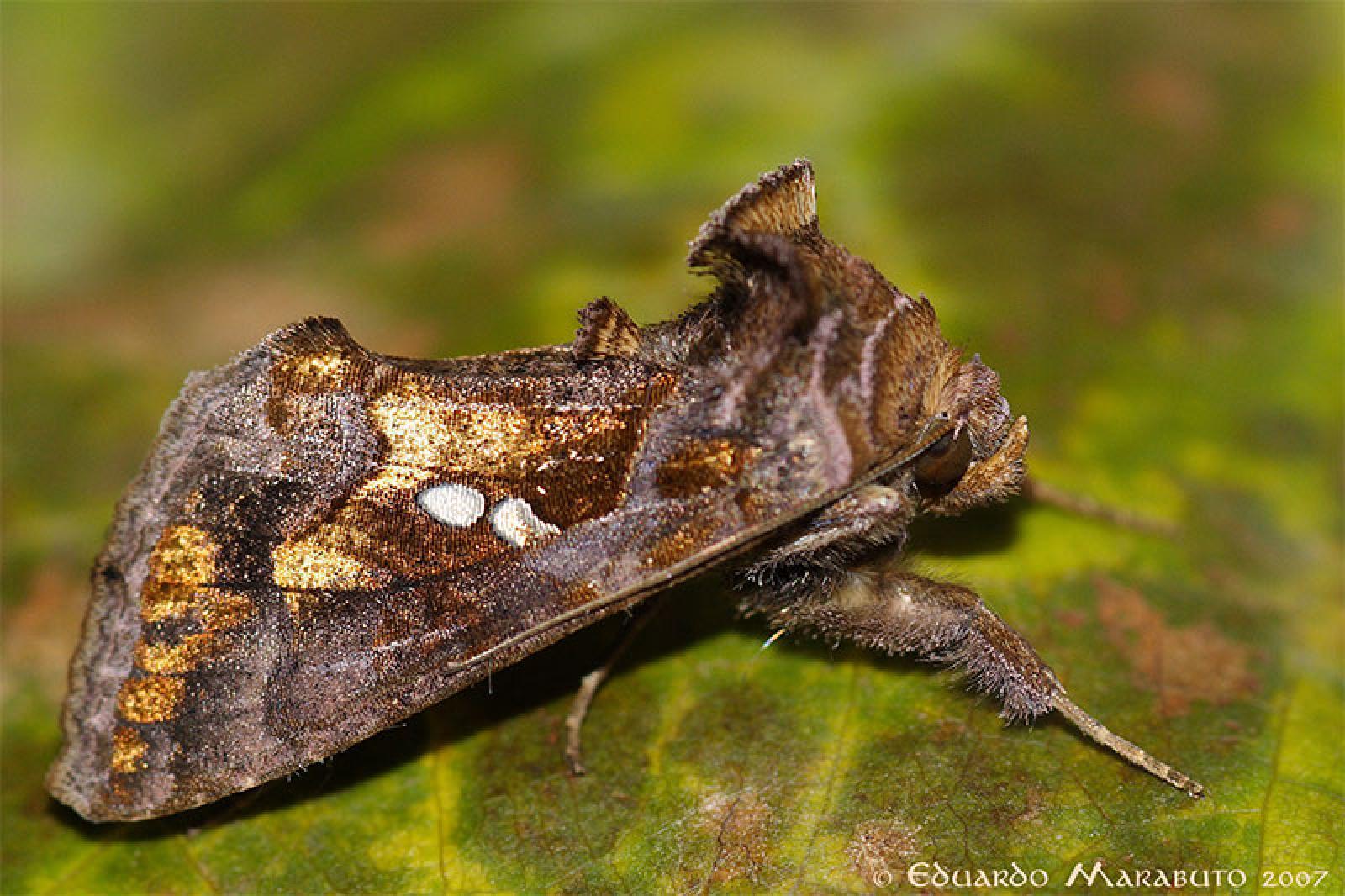March 29, 2017

Notification to all Ontario growers from CFIA
Potential for USDA action on border shipments
March 30, 2017 - The Canadian Nursery Landscape Association (CNLA) has been advised by the Canadian Food inspection Agency (CFIA) on the potential for United States Department of Agriculture (USDA) action at the border on shipments found to be infested, or suspected to be infested, with Chrysodeixis chalcites, also known as tomato looper or golden twin spot moth.
According to CFIA, they have been informed by USDA that, based on reports of the presence of Chrysodeixis chalcites in southern Ontario, they intend to take quarantine action on any US bound shipments found to be infested by C. chalcites. C. chalcites is a pest of tomato, soybean, corn, pelargonium and other major agricultural crops and is considered to be an actionable pest by USDA-APHIS.
The larval stages can be found feeding on many fruit, vegetable and ornamental crops as well as weed species in many plant families. It is a pest of both outdoor and indoor greenhouse crops. To avoid delays or possible rejection of loads at the border, it is advisable that growers ensure all US-bound shipments are free of all looper pests, as C. chalcites is very difficult to distinguish from other common looper species.
According to CFIA, they have been informed by USDA that, based on reports of the presence of Chrysodeixis chalcites in southern Ontario, they intend to take quarantine action on any US bound shipments found to be infested by C. chalcites. C. chalcites is a pest of tomato, soybean, corn, pelargonium and other major agricultural crops and is considered to be an actionable pest by USDA-APHIS.
The larval stages can be found feeding on many fruit, vegetable and ornamental crops as well as weed species in many plant families. It is a pest of both outdoor and indoor greenhouse crops. To avoid delays or possible rejection of loads at the border, it is advisable that growers ensure all US-bound shipments are free of all looper pests, as C. chalcites is very difficult to distinguish from other common looper species.